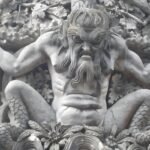For nearly a decade, the world held its breath. We waited for dragons to soar, for armies to clash, and for winter to finally come. Game of Thrones wasn’t just a TV show; it was a global phenomenon that left us debating, cheering, and grieving in equal measure. But what if the secret to its incredible success isn’t just in its dragons and magic, but in the gritty, bloody pages of our own past? The truth is, the most unforgettable moments in the series are deeply rooted in Game of Thrones historical inspirations, proving that real history is often more brutal and shocking than any fantasy.
George R. R. Martin is more than a fantasy author; he is a devoted student of history. He understands that while dragons are exciting, the true drama lies in human ambition, betrayal, and the relentless quest for power. By weaving real events into the fabric of Westeros, he created a world that felt terrifyingly authentic. This article will explore five key historical events that Martin masterfully adapted, revealing the real history behind Game of Thrones and showing how our world shaped his.
The Core Conflict: England’s Bloody Crown
The central struggle in Westeros between the honorable Starks of the North and the wealthy, power-hungry Lannisters of the South is the heart of the story. This epic rivalry wasn’t born from pure imagination; it was lifted directly from one of England’s most chaotic and bloody civil wars. The Game of Thrones historical inspirations for this conflict are unmistakable.
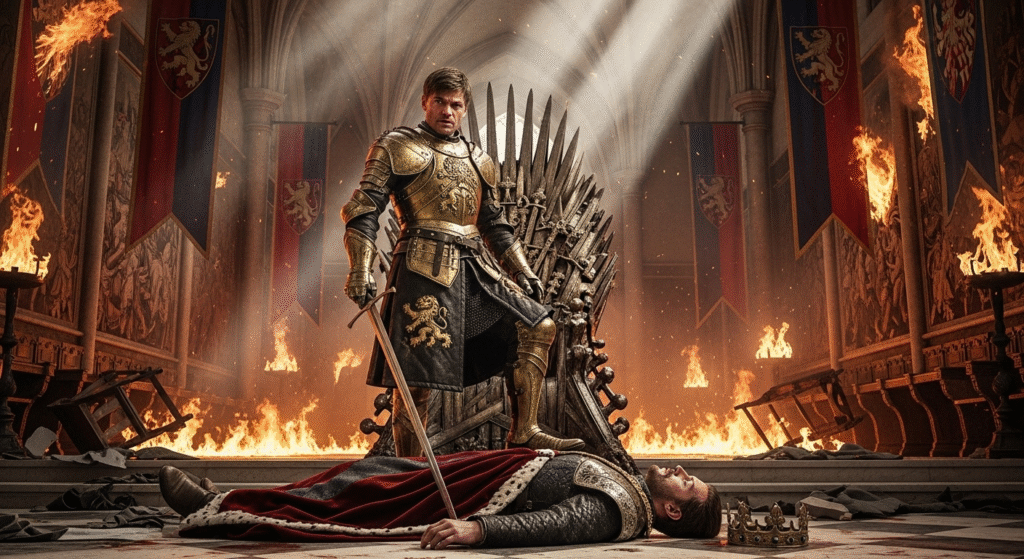
The War of the Roses: Starks vs. Lannisters
In the 15th century, England was torn apart by a series of civil wars known as the Wars of the Roses. The conflict was a brutal, decades-long struggle for the English throne between two rival branches of the royal family: the House of Lancaster, whose symbol was a red rose, and the House of York, whose symbol was a white rose.
The parallels are striking:
- House Lancaster vs. House Lannister: The similarity in name is no accident. The Lancasters (Lannisters) were a wealthy and powerful house, often seen as the established royal line, much like the Lannisters’ position at the start of the series.
- House of York vs. House of Stark: The House of York (Starks) were the challengers from the north. They were often portrayed as more rugged and honorable, with a strong power base in northern England, mirroring the Starks of Winterfell.
The War of the Roses Game of Thrones connection goes deeper than just names and symbols. The character arcs are also heavily inspired by real figures. Ned Stark’s story, for example, closely mirrors that of Richard of York. Richard was a powerful and respected lord who was appointed Protector of the Realm (similar to Ned’s role as Hand of the King). However, his honor and attempts to expose corruption at court led to his downfall and execution, an event that plunged the kingdom into full-scale war, just as Ned’s death did.
Similarly, the ruthless Queen Cersei Lannister is a clear reflection of Margaret of Anjou, the French queen of England’s King Henry VI. Margaret was a fierce and cunning leader who fought tooth and nail to protect her son’s claim to the throne, orchestrating battles and political maneuvers with a cruelty that would make Cersei proud. The real history behind Game of Thrones shows us that figures of immense power and questionable morality have always walked the halls of castles. This is one of the most fundamental Game of Thrones historical inspirations. History.com
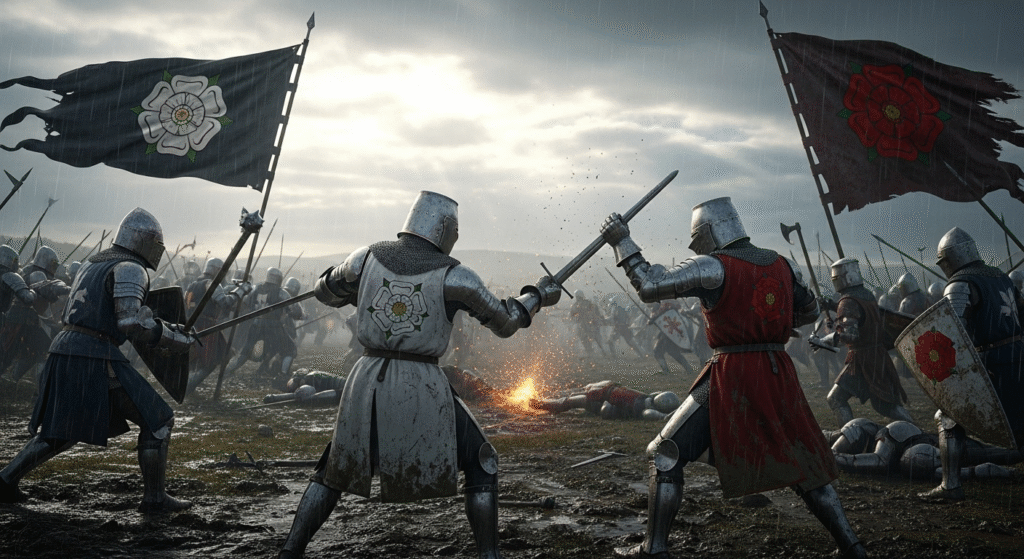
Betrayal and Brutality: When Feasts Turn to Funerals
Of all the shocking moments in the series, none left a deeper scar on audiences than the Red Wedding. The sudden, brutal massacre of Robb Stark, his mother Catelyn, his pregnant wife, and his entire army under the guise of a wedding feast was a masterclass in narrative shock. It felt like a violation of the story’s own rules. Yet, this wasn’t an original idea. George R. R. Martin history knowledge provided him with even more gruesome real-life events.
The Red Wedding’s Real Story: Two Scottish Massacres
The real history behind Game of Thrones’ most infamous scene is drawn from two separate events in Scottish history that were infamous for their treachery.
- The Black Dinner (1440): The 16-year-old Earl of Douglas and his younger brother, leaders of Scotland’s most powerful clan, were invited to a feast at Edinburgh Castle by the 10-year-old King James II. The invitation was a trap. Toward the end of the meal, the king’s men brought out a black bull’s head on a platter a symbol of death. Despite the king’s pleas, the Douglas brothers were dragged outside, put through a mock trial, and beheaded. This sudden betrayal at a royal feast is a clear blueprint for The Red Wedding real story.
- The Massacre of Glencoe (1692): This event is even closer to the spirit of the Red Wedding. The MacDonald clan hosted Captain Robert Campbell and his soldiers for nearly two weeks in their homes. They shared food, drink, and shelter, honoring the sacred “guest right,” a tradition where a host must protect their guests at all costs. But on the morning of February 13th, Campbell’s soldiers turned on their hosts, slaughtering 38 members of the MacDonald clan in their sleep and leaving another 40 women and children to freeze to death in a blizzard after burning their homes. wikipedia
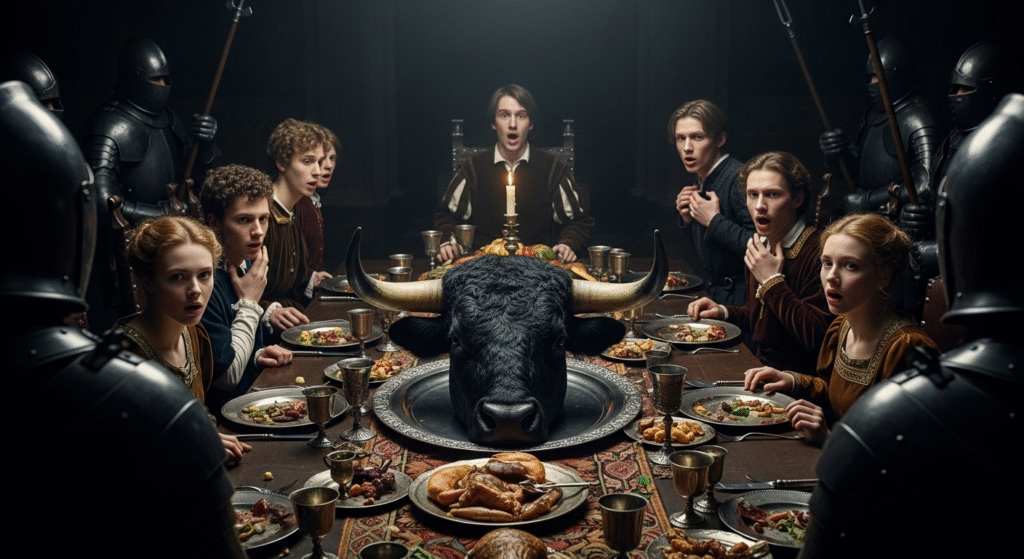
This violation of hospitality is what makes the Red Wedding so powerful. Martin understood that the betrayal of trust is often more horrifying than any monster or magical threat. The Game of Thrones historical inspirations here highlight a dark truth about human nature.
Walls and Wildlings: The Edge of the Known World
The Wall is one of the most iconic structures in Game of Thrones a colossal barrier of ice, 700 feet high and 300 miles long, separating the Seven Kingdoms from the dangers of the North. It’s guarded by the Night’s Watch, an order of outcasts sworn to protect the realm. This sounds like pure fantasy, but its inspiration is very real and still stands today.
Hadrian’s Wall: The Real-Life Inspiration for The Wall
In 122 AD, the Roman Emperor Hadrian ordered the construction of a massive stone wall across the north of England. Hadrian’s Wall, 73 miles long, marked the northernmost frontier of the Roman Empire. Its purpose was identical to The Wall in Westeros: to defend the “civilized” Roman world from the “barbarian” tribes to the north, namely the Picts.
George R. R. Martin has stated that a visit to Hadrian’s Wall in 1981 was a direct spark for his epic. He stood on the wall and imagined what it would have been like for a Roman legionary, staring out into the unknown, wondering what enemies might emerge from the misty hills.
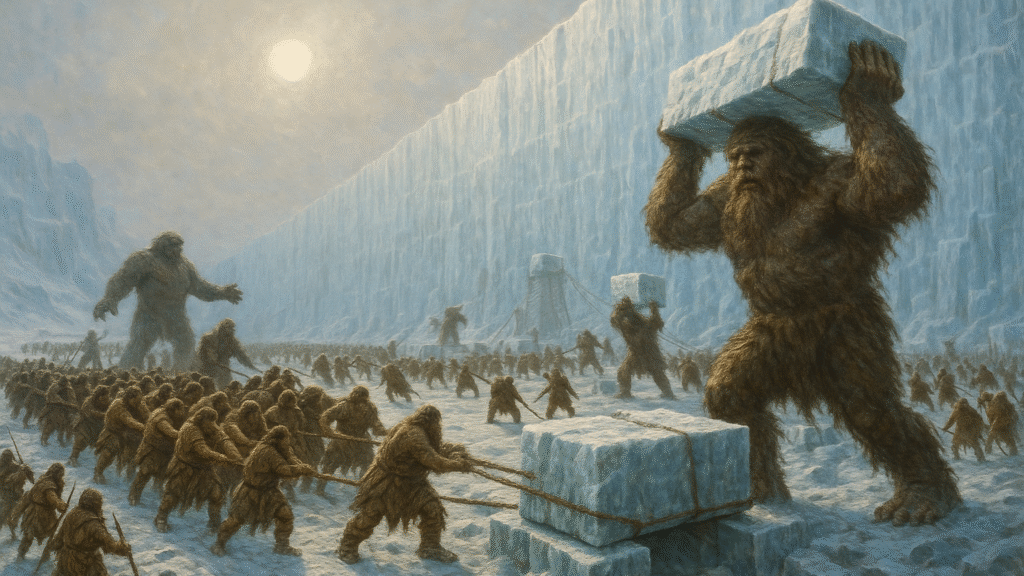
The Night’s Watch is also a clear parallel to the Roman legions stationed at the wall. They were often a collection of soldiers from all corners of the empire, serving a life sentence at the edge of the world, just like the criminals, bastards, and broken men who take the black. The real history behind Game of Thrones shows how a physical barrier can create a powerful psychological divide between “us” and “them.”
Ancient Secrets and Superweapons
In the world of Westeros, few things are as feared as wildfire. This volatile, green substance can burn on water and is nearly impossible to extinguish. It was the secret weapon that allowed Tyrion Lannister to decimate Stannis Baratheon’s fleet in the Battle of the Blackwater. This terrifying superweapon is another of the brilliant Game of Thrones historical inspirations.
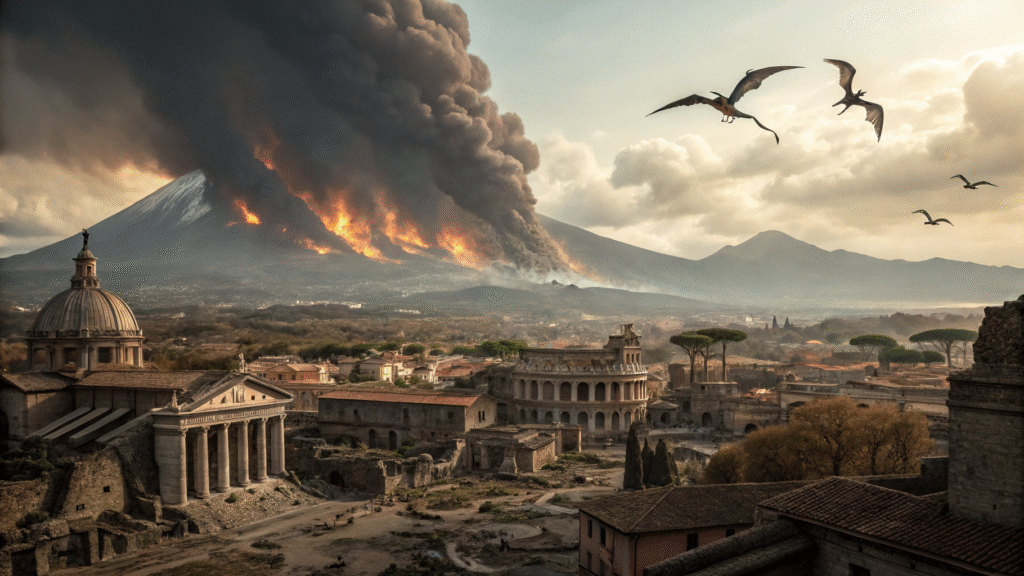
Wildfire and Greek Fire: A Weapon Lost to History
Wildfire is directly inspired by a real-life incendiary weapon called “Greek fire,” used by the Byzantine Empire from the 7th century onwards. Greek fire was a chemical compound that could be sprayed from ships, sticking to enemy vessels and burning them to the waterline. Like wildfire, it was said to ignite on contact with water, making it the perfect naval weapon.
The exact formula for Greek fire was a closely guarded state secret, and it was so effective that it helped the Byzantine capital, Constantinople, repel numerous sieges for centuries. Over time, the recipe was lost, and to this day, historians and chemists can only speculate on its exact ingredients. This mirrors the lost secrets of Valyria, where the knowledge of how to create Valyrian steel and control dragons died with the civilization. This connection adds a layer of mystery and realism, showing that even in our own history, powerful knowledge can be lost forever.
The Nomadic Threat: Horse Lords of the Steppe
The Dothraki are a terrifying force in Essos. They are a nomadic people who live on horseback, worship strength, and sweep across the plains like a storm, leaving destruction in their wake. They fear no army on an open field, and their reputation alone is enough to make cities tremble. While they seem like a fantasy creation, their culture and military tactics are heavily based on some of history’s most formidable warriors.
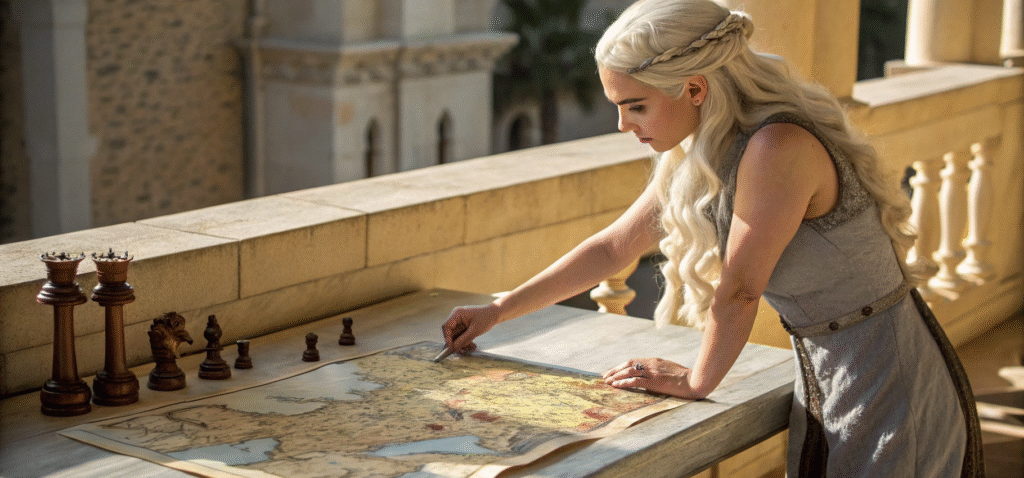
The Dothraki and the Mongols: Warriors of the Grass Sea
The most direct historical parallel for the Dothraki is the Mongol Empire of the 13th century, led by the legendary Genghis Khan.
- Equestrian Culture: Both the Dothraki and the Mongols were master horsemen. Their entire way of life revolved around the horse, which they used for travel, hunting, and, most importantly, warfare.
- Military Tactics: The Mongols, like the Dothraki, were famed for their horse archers. They could ride at full gallop while firing arrows with deadly accuracy, a tactic that overwhelmed more traditional, slower-moving armies.
- A Unifying Force: The Dothraki are a collection of clans (khalasars) that are only truly united under a powerful leader, the “Khal of Khals,” a concept similar to how Genghis Khan united the disparate Mongol tribes into an unstoppable conquering force.
George R. R. Martin history studies allowed him to create a culture that felt both alien and historically plausible. The Dothraki represent the fear that settled civilizations have always had of the nomadic “other” a force of nature that cannot be reasoned with, only feared.
Conclusion: Why History Makes Fiction Better
From the political scheming of the Wars of the Roses to the brutal treachery of Scottish massacres, the Game of Thrones historical inspirations are what elevate the series from a simple fantasy tale to a complex commentary on power, humanity, and the cyclical nature of conflict. George R. R. Martin didn’t just invent a world; he held up a mirror to our own, reflecting its darkest moments and most enduring struggles.
The real history behind Game of Thrones is a testament to the idea that the truth is often stranger, bloodier, and more compelling than fiction. By grounding his fantasy in historical fact, Martin created characters and conflicts that resonate with us on a primal level. He reminds us that the game of thrones has been played for centuries, not with dragons and ice zombies, but with swords, daggers, and the timeless, unyielding ambition of the human heart.
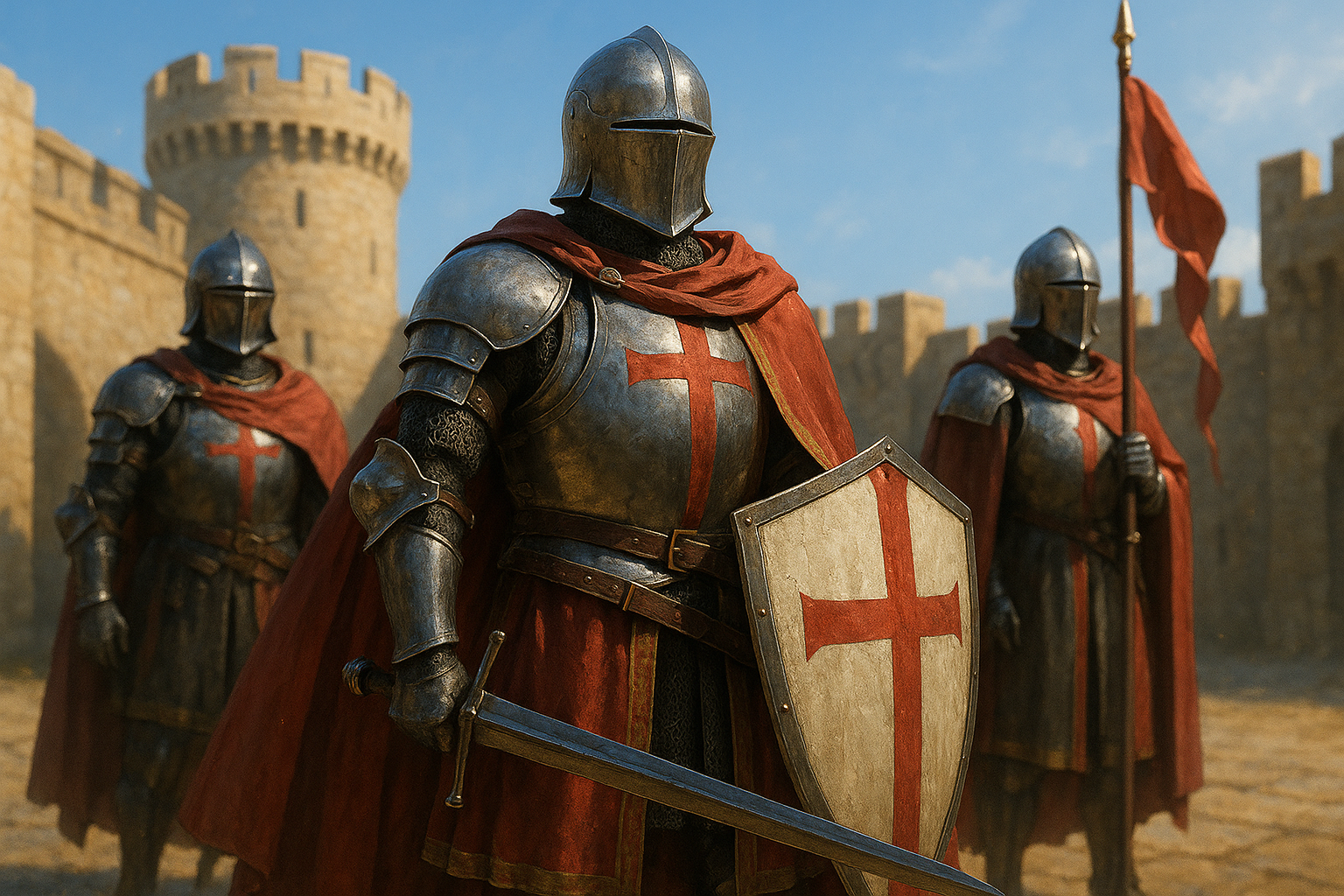
Discover the incredible story of a tiny nation with no land, yet a global presence that rivals major powers. The Sovereign Military Order of Malta defies the usual rules of statehood issuing passports, forging diplomatic ties, and carrying out humanitarian missions worldwide. Dive into the mysteries of this fascinating order and uncover secrets that most people have never heard of!












